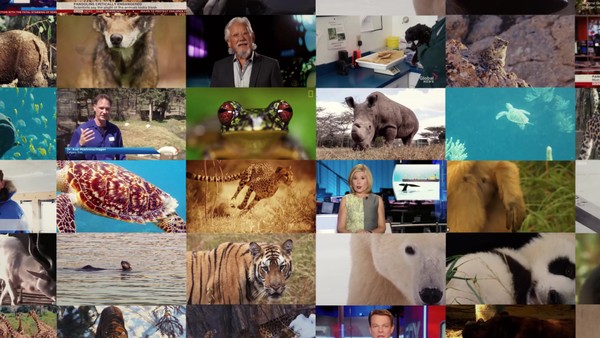PR > PR: Sectors
ENDANGERED SYNDROME
FCB CANADA, Toronto / CANADIAN DOWN SYNDROME SOCIETY / 2019
Awards:
Shortlisted Cannes Lions

1 of 0 items
Overview
Credits
PR > PR: Sectors
FCB CANADA, Toronto / CANADIAN DOWN SYNDROME SOCIETY / 2019
Awards:

Overview
Credits